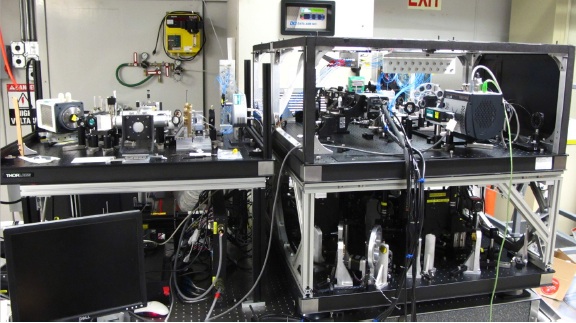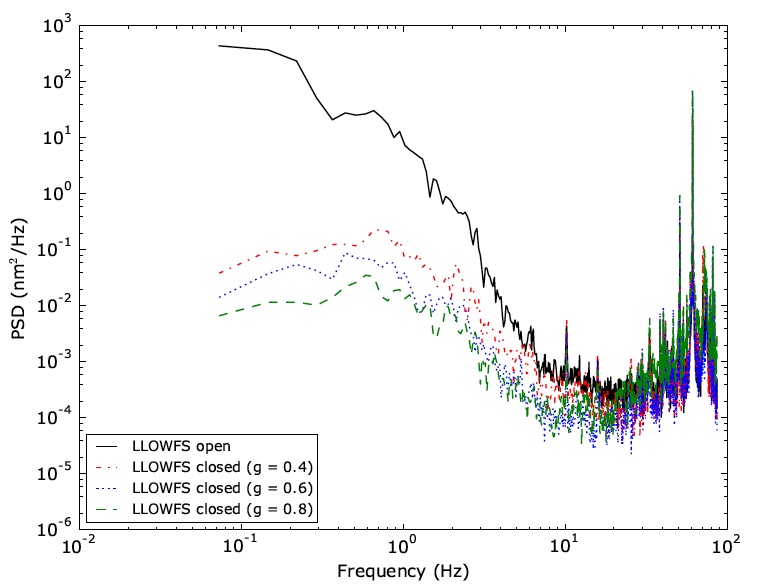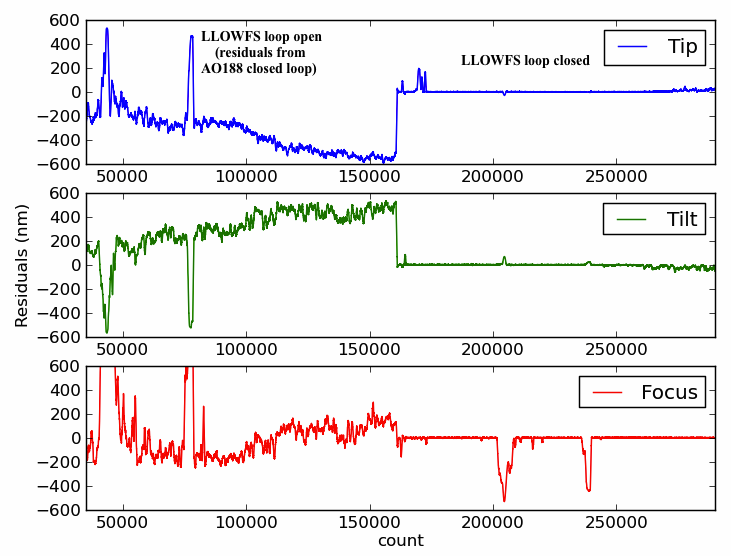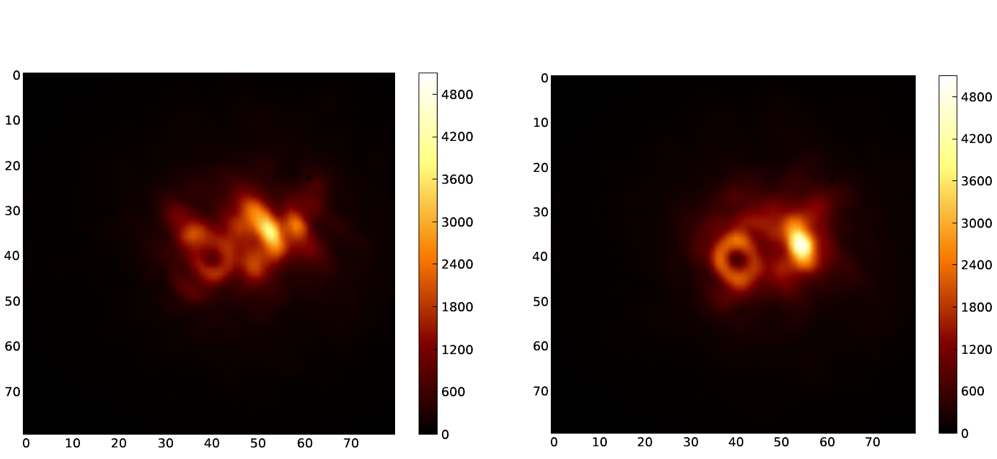
Research
Academics
About me

650 N A'Ohoku Place
Hilo-96720, Hawaii
USA
garima.singh@obspm.fr
Ph: +1 (808) 934 5966
Fax: +1 (808) 934 5984
Subaru Telescope
LESIA
PhD Title: Low-order wavefront control and calibration for phase mask coronagraphs
One of the difficulty in direct detection of a habitable companion around a star is their angular separation. Star's glare suppresses the signal from the planet orbiting at < 2 AU, affecting planet's direct detection at the diffraction limit for a given wavelength. To probe the area close to the diffraction limit (1-2 λ/D) requires a coronagraph that can allow the detection at smallest IWA possible. With the advent of phase mask coronagraphs (PMCs), which introduce phase shifts in the focal plane, it is possible to reach near the diffraction limit (1 λ/D IWA for vector vortex coronagraph (VVC) and phase induced amplitude apodization (PIAA)).
But the issue of pointing errors and other low-order aberrations, as I mentioned earlier, limits the ExAO systems to perform direct imaging of exoplanets. How well these wavefront aberrations upstream the coronagraph are handled drives the coronagraphic performance. To prevent coronagraphic leaks due to tip-tilt errors, I am working on a concept where within a coronagraph, the low-order aberrations are sensed at the Lyot plane. I call this new sensor a Lyot-based low-order wavefront sensor which is now operational on SCExAO at Subaru Telescope. With my ongoing research, I am laying the groundwork for measuring and correcting pointing errors near the diffraction limit which is one of the major obstacle in performing high contrast imaging of habitable planets at small angular separation.
Principle
Solutions to control low-order aberrations exist for occulting coronagraphs, but not for PMCs. For example, the coronagraphic low-order wavefront sensor (CLOWFS), which uses a partial reflective focal plane mask to sense the residual starlight rejected by the occulting coronagraphs, is not suitable for non-reflective PMCs. During my PhD, I addressed this issue by designing, building and programming a PMC compatible version of CLOWFS called as LLOWFS. In this case, the starlight rejected by the coronagraphic phase mask is monitored in the downstream pupil plane using a reflective Lyot stop (RLS).
The basic schematic of LLOWFS is shown in Fig.1: the phase mask at the focal plane diffracts the starlight outside of the geometrical pupil. The diffracted starlight in the reimaged pupil plane is then reflected via a reflective Lyot stop towards a reimaged focal plane. Finally, the reflected light is sensed by the low-order wavefront sensor (a detector) which measures the low-order aberrations.

LLOWFS is a linear wavefront reconstructor which relies on the assumption that if post-AO wavefront residuals are < 1 radian rms then the intensity variations in the reflected light are a linear combination of the low-order aberrations occurring before the focal plane phase mask.
Considering only tip-tilt modes (αx, αy) as an example, for any instant image IR(αx,αy) reflected by the RLS, one can identify the unknown tip-tilt errors by using a least square algorithm:
IR(αx,αy) - I0 = αx Sx + αy Sy (1),
where I0 is the reference image, Sx and Sy are the responses of the sensor to the tip-tilt errors (calibration images).
There are two ways of controlling the low-order aberrations on SCExAO. First when LLOWFS applies corrections to the DM to control low-order aberrations and second when LLOWFS instead of controlling the DM directly, changes the zero-point of the Pyramid wavefront sensor on the visible bench. In the later case, both ExAO loop and low-order loop runs together.
Note: On SCExAO, we do not have a separate tip-tilt mirror that can be derived to correct for the pointing errors on the IR bench. SCExAO's 2000-actuator deformable mirror (DM) is itself used as a corrector by LLOWFS. Also, we use the same DM to inject simulated single phase Kolmogorv screen for the testing of the control loop in the laboratory. User has the choice of selecting the strength and the speed of the turbulence. However the simulation is limited to 22.5 cycles/aperture only.
Here, I will present the first case, when LLOWFS uses the DM to correct for low-order aberrations on the IR bench.

Figure 2 shows the calibration frames obtained for the first five Zernike modes on SCExAO in the laboratory for VVC (Fig. 2a) and FQPM (Fig. 2b). These images are the response of the sensor to the low-order modes, obtained by sending 30 nm rms phase maps (60 nm rms on the wavefront) to the DM for tip, tilt, focus, oblique and right astigmatism. In Eq. (1), these frames are used to estimate the amount of the low-order aberrations present in the wavefront. The estimated errors are then used to compute the control matrix via singular value decomposition (SVD) method. And the pointing errors are compensated by sending control computeds to the DM during LLOWFS closed-loop operation.


Note: SCExAO's internal LLOWFS camera is a fast camera with a frame rate of 170 Hz. The closed-loop residuals when sampled at Nyquist frequency provides the poinitng accuracy of 10-3 λ/D. However, its interesting to also sample the dataset at 1 Hz because this is the typical frequency of the science facility instrument (for example HICIAO). LLOWFS closed-loop correction is more sensitive towards the slow-varying spatial frequency component of the turbulence at 1 Hz.




We recently validated LLOWFS closed-loop performance with first ten Zernike modes with VVC in the laboratory. Check out the video for open and closed-loop performance. LLOWFS closed-loop performance video link
© Garima Singh 2014